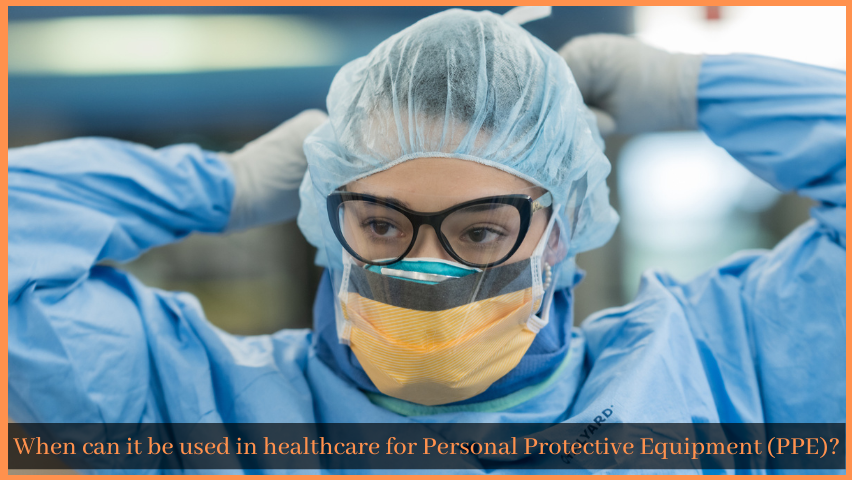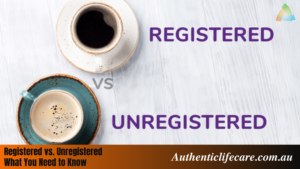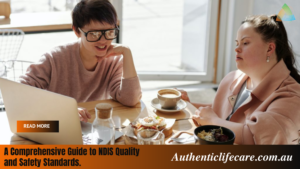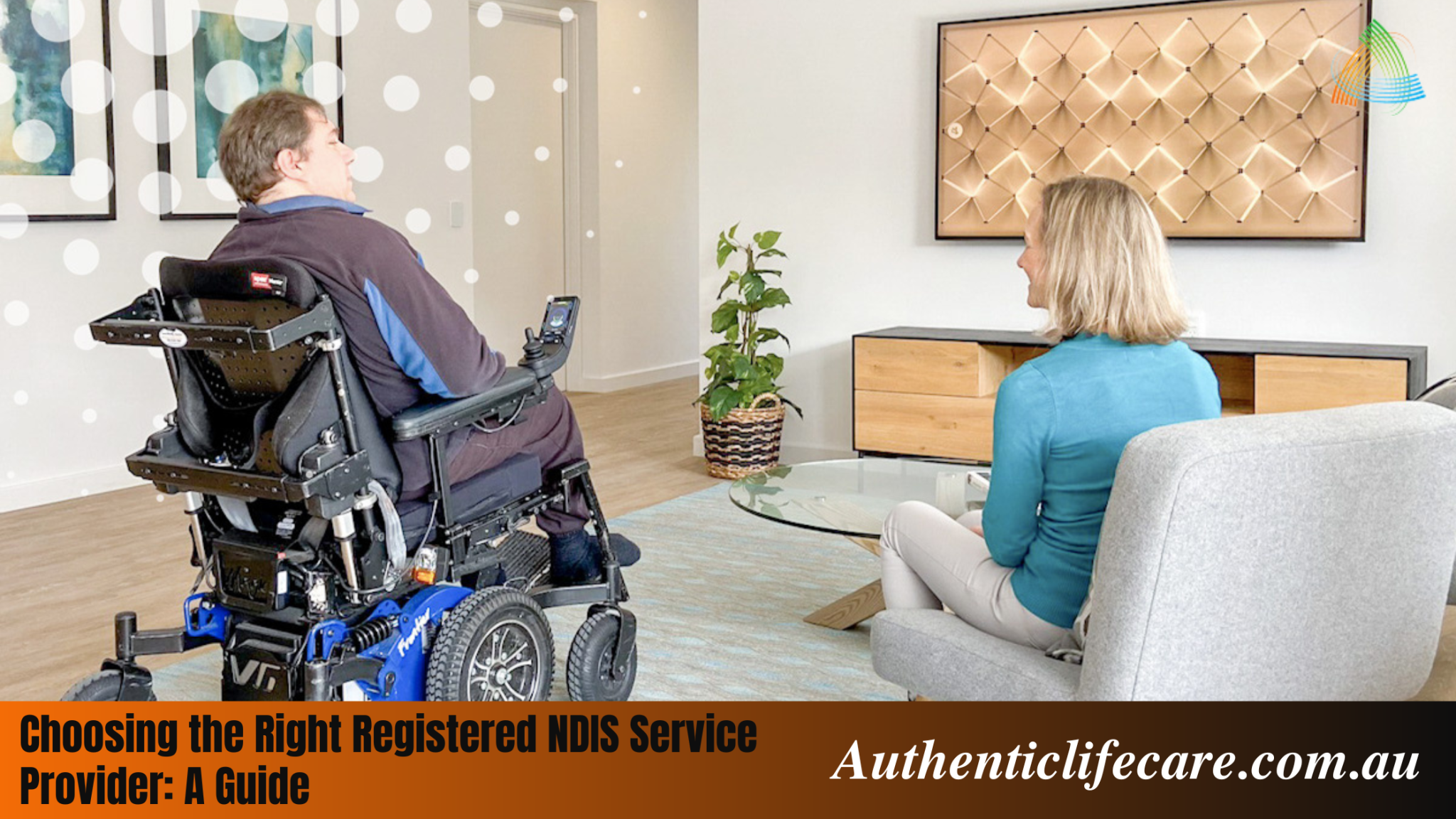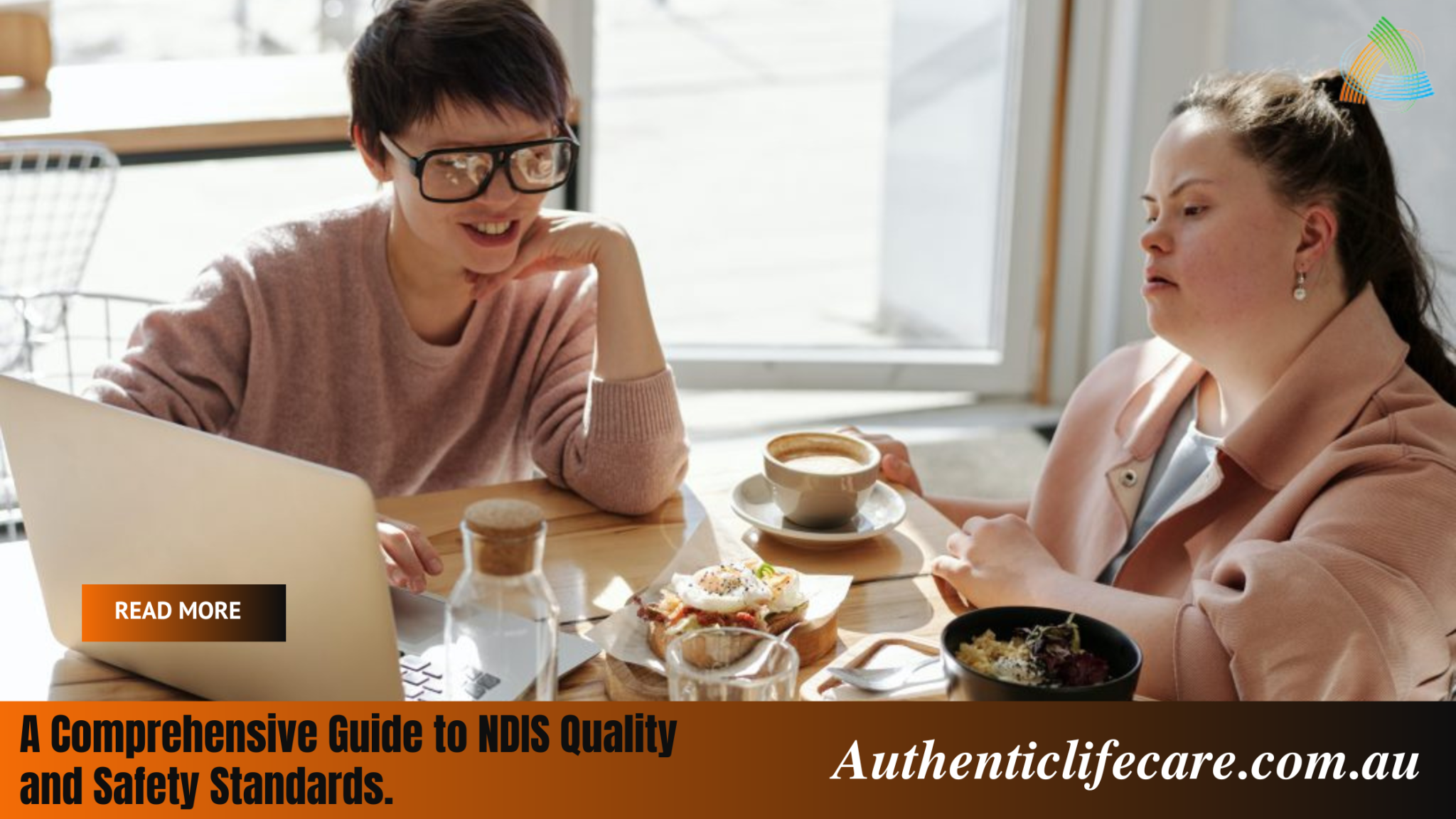Disposable clothing worn to create a buffer between blood, body fluids, or respiratory secretions is personal protective equipment (PPE). EPP is also used to avoid cross-contamination, for example in the processing of foodstuffs or for protection while chemicals are being used. Because of this, in care homes and healthcare, PPE is extremely necessary.
Where in healthcare should PPE be used?
Most generally, personal protective equipment is used for infection prevention in healthcare environments. PPE serves as a shield between your face, nose, mouth or eyes and infectious materials. This barrier can obstruct the transmission of blood, bodily fluids or respiratory secretions from contaminants.
PPE also helps to prevent people at high risk of developing diseases from being exposed to potentially harmful materials brought in by workers or tourists, such as those with a medical condition, such as immunodeficiency.PPE is constructed as disposable clothing such that it can be discarded and disposed of easily immediately after wear, sometimes in special containers of waste, in order to protect others from germ exposure.
Different types of PPE
When there is contact with blood, body fluids or respiratory secretions, all workers, patients and visitors should use PPE.
Gloves-Wearing gloves protect the hands from germs and help to minimize the spread of germs. One of the best ways to accidentally transmit infection is to bring germs into your hands.
Masks – to cover your nose and mouth.
- A surgical mask helps shield you from germs and prevents the spread of germs from the area of the mouth and nose.
- A strong seal around the nose and mouth form a special respiratory mask (respirator). To prevent you from breathing in small germs like Streptococcus pneumoniae, which causes pneumonia, this form of the mask might be appropriate.
- Some masks have a plastic see-through screen that covers your eyes as well.
Eye safety – includes goggles and face shields.
- These protect the mucous membranes from blood and bodily fluids in your eyes. The germs from these fluids will reach the body through the mucous membranes when contact is made between these fluids and your eyes.
Clothing – includes gowns, aprons, shoe covers and head coverings.
- Used also during surgery.
- When visiting a person in isolation due to a highly contagious disease, visitors wear gowns.
When handling certain cancer drugs, special PPE can be needed – this equipment is referred to as cytotoxic PPE.
- It is possible to use a gown with long sleeves and elastic cuffs to avoid the liquid from reaching your face.
- Even shoe covers, goggles and special gloves can need to be worn.
In general, your workplace will decide when you need to use PPE and what sort of PPE is needed for various tasks or people. Beaucare’s wide range of personal protective clothing is a cost-effective option if you need medical protective equipment or other forms of PPE.

